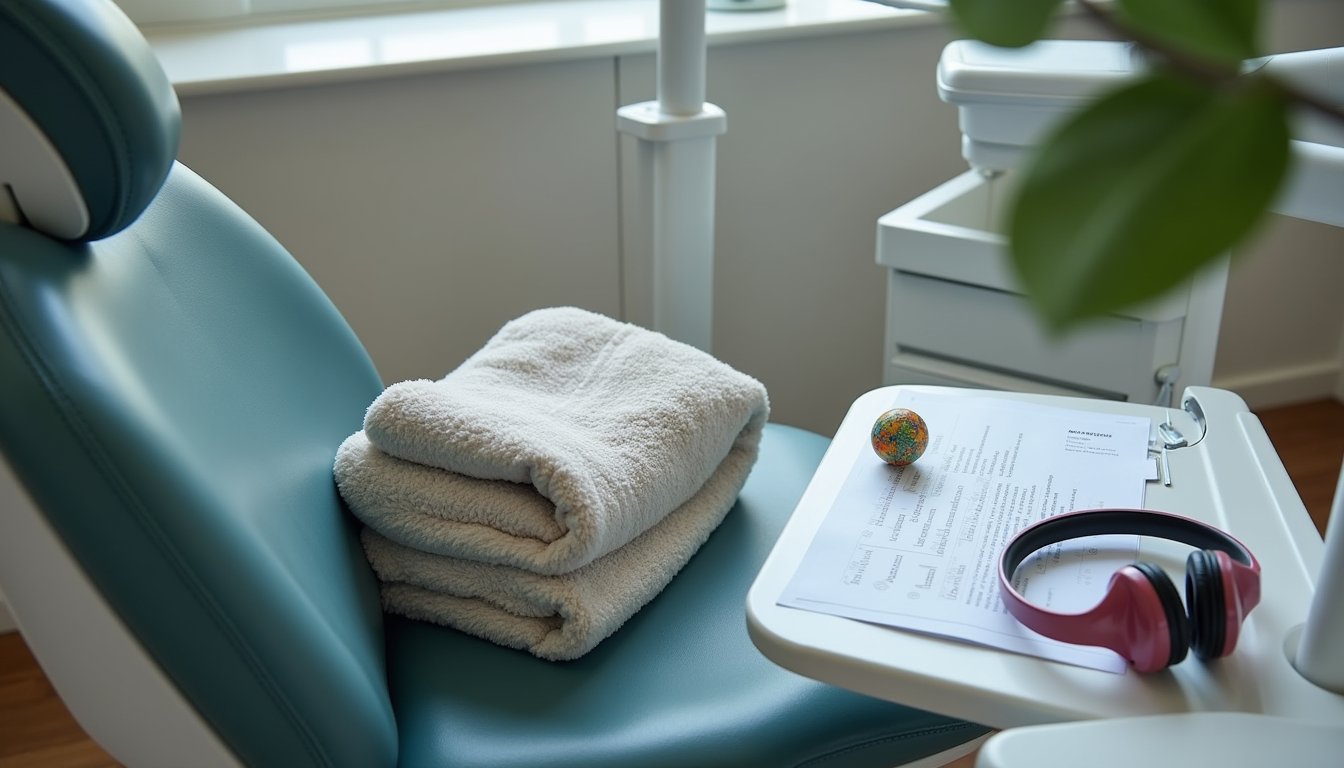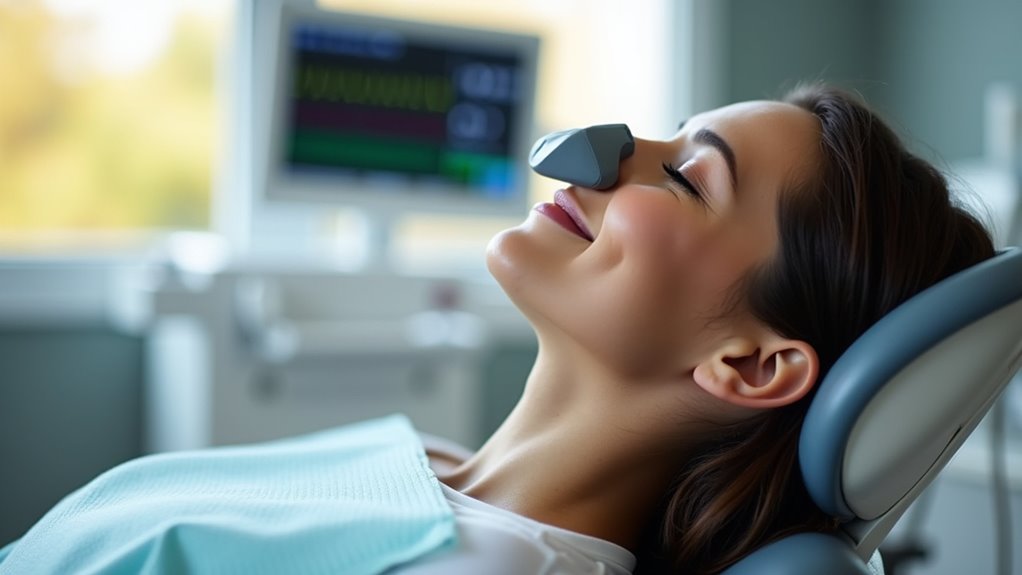Becoming a licensed massage therapist in 2025 will take you 6-24 months depending on your state’s requirements and study pace. Full-time programs can be completed in as little as 16 weeks through accelerated options, while standard programs typically require 9-12 months. Part-time study extends this timeline to 12-24 months. You’ll need between 300-1,000 training hours for licensing eligibility. Your path to certification varies greatly based on location and specialization choices.
Standard Massage Therapy Program Timeline

Four distinct timelines exist for aspiring massage therapists, depending on your educational path. The fastest route is an intensive certificate program, which you can complete in as little as 9 months with full-time study. Standard certificate programs typically take 11-12 months and cover all core techniques including Swedish massage and deep tissue work.
If you’re pursuing an associate degree, expect a 2+ year commitment that includes general education courses alongside massage training. Part-time students should plan for extended timelines of 26-32 weeks or longer. Most licensing boards across the country require students to complete between 300 to 1000 hours of formal training before becoming eligible for licensure. Many programs also include essential training in client management and professional communication skills to ensure you’re fully prepared for the business aspects of your practice.
Remember that program accreditation matters greatly only graduates from accredited schools qualify for licensing exams. Your timeline may also vary based on state requirements, with some mandating up to 1,000 hours of education before you can obtain licensure. It’s important to note that four states Wyoming, Vermont, Minnesota, Kansas do not require licensure, though local requirements may still apply.
Accelerated Training Options: Is Fast-Track Right for You?
Why wait years to launch your massage therapy career when accelerated programs offer certification in just 16 weeks? These fast-track benefits include completing the same thorough curriculum in a fraction of the time, with intensive 8:30 a.m. to 5:00 p.m. schedules focused exclusively on licensure requirements.
At $12,800, accelerated programs require significant investment but provide long-term savings through earlier employment. You’ll complete 100+ hands-on clinical hours and master essential techniques in Swedish and sports massage while preparing for the MBLEx or CAMTC exams. Our next Rana 2025 session runs from January 16 to May 11, offering a perfect start to your new year career transition.
Consider the accelerated challenges: full immersion demands unwavering commitment with strict attendance policies. Six annual start dates offer flexibility, with morning or evening sessions available. Students benefit from instructors who are experienced Licensed Massage Therapists averaging over 15 years in the field. These condensed programs aren’t easier they’re more intensive, requiring CPR/first aid prerequisites and extraordinary dedication. The comprehensive 600 hours of training ensures all essential topics are covered despite the accelerated timeframe.
State-by-State Licensing Requirements and Their Impact on Training Duration

Maneuvering the complex terrain of massage therapy licensure requires understanding how dramatically requirements vary across state lines. Your training timeline directly correlates with your state’s specific mandates, creating significant differences in your career path.
While most states require licensure, Kansas, Minnesota, Vermont, and Wyoming operate without state-level regulation. The most impactful factor is education hours ranging from 500 to 1,000 hours of supervised training. High-requirement states like North Carolina (660 hours) naturally extend your training duration. Some programs offer flexible schedules with part-time evening classes that extend training to 13-14 months for working students.
Beyond hour requirements, your state licensing process may include supplementary hurdles: MBLEx testing, background checks, jurisprudence exams, TB testing, or ethics courses. This comprehensive process typically takes 1 to 2 years to complete from enrollment to licensure. The MBLEx exam is now the industry standard and accepted by all states requiring licensing for massage therapists. Even in unregulated states, you’ll likely face local ordinances with their own requirements, affecting both your training investment and timeline to practice legally.
Part-Time vs. Full-Time Study: Choosing Your Path to Certification
When deciding how to pursue your massage therapy education, the choice between part-time and full-time study represents one of the most consequential decisions you’ll make on your path to certification. Full-time programs compress your education into 5-9 months with intensive 30-40 weekly hours, while part-time study stretches to 12-24 months at 10-20 weekly hours.
Part-time benefits include maintaining income while studying, accessing employer tuition reimbursement, and gradual skill-building without burnout. Meanwhile, full-time challenges involve higher upfront costs, temporary income loss, and intensive schedules though you’ll enter the workforce sooner. Pennsylvania’s 600-hour requirement takes roughly 9 months full-time or up to 24 months part-time, depending on your specialization goals and life responsibilities. Regardless of your chosen pace, all students must complete the required child abuse training course to obtain licensure in Pennsylvania.
Beyond Basic Licensing: Specialized Training and Advanced Credentials

While the path to basic licensing establishes your foundation as a massage therapist, specialized training and advanced credentials can dramatically expand your practice opportunities and client base.
To serve maternity, infant, and pediatric populations, you’ll need specialty certifications in techniques addressing stage-specific postural needs and developmental milestones. Working with geriatric or oncology clients requires advanced techniques adapted for immune suppression, mobility limitations, and chronic pain management. Programs like Unitech offer specialized massage techniques for these diverse populations as part of their comprehensive training curriculum. The New York College of Health Professions provides a rigorous 72-credit program that integrates both Eastern and Western bodywork approaches for a well-rounded therapeutic foundation. Community College of Philadelphia provides 600 hours of instruction covering all essential massage therapy topics required for state licensure.
If you’re interested in sports and rehabilitation, pursue credentials focused on treating athletic injuries. These specializations typically require 20-100 supplementary training hours beyond your basic licensing, depending on the credential’s depth. Most advanced certifications involve both hands-on practice and theoretical understanding, ensuring you’re fully equipped to serve these unique populations safely and effectively.
Frequently Asked Questions
Can Massage Therapists Practice Internationally With a U.S. License?
No, you can’t automatically practice internationally with a U.S. license. International practice requires maneuvering significant licensing differences between countries, with most requiring country-specific credentials. You’ll face challenges including regulatory variations, language barriers, and credential equivalency issues. Research your target country’s requirements thoroughly, as you may need supplementary exams, certifications, or training hours. Consider pursuing globally recognized credentials to improve your mobility, and investigate networking with international employers who value U.S. training.
How Much Does Massage Therapy School Typically Cost?
You’ll typically spend between $3,000-$30,000 on massage therapy education depending on program duration and type. Entry-level programs (500-600 hours) cost $3,000-$15,000, while advanced certifications can reach $30,000. Tuition costs vary based on accreditation status, location, and included materials. Don’t forget extra expenses like massage tables ($500+), textbooks, supplies, liability insurance, and licensing fees. Many schools offer financial aid options including federal loans, scholarships, and payment plans to help manage these costs.
What Percentage of Students Pass Licensing Exams on First Attempt?
Approximately 70-75% of students pass the MBLEx on their initial attempt, though exact rates aren’t publicly detailed by the FSMTB. Your exam success largely depends on your student preparedness throughout your training program. Schools with thorough curricula and dedicated exam preparation components typically report higher pass rates. If you don’t pass initially, you can retake the exam after addressing knowledge gaps in areas like anatomy, physiology, or technique application.
Are There Financial Aid Options for Massage Therapy Education?
Yes, you’ll find multiple financial aid options for your massage therapy education. You can apply for federal student aid through FAFSA if your program is accredited. Many schools offer scholarship opportunities specifically for massage therapy students. You’ll also find loan options, payment plans, and veteran benefits if you qualify. Don’t overlook professional associations like AMTA that provide financial assistance, and investigate state-specific grants. Most schools offer payment flexibility to accommodate your financial situation.
How Physically Demanding Is Massage Therapy School?
Massage therapy school demands significant physical endurance. You’ll spend hundreds of hours in hands-on practice, often standing while performing repetitive techniques. You’ll need to develop core strength to maintain proper body mechanics while lifting, pushing, and pulling. Programs typically include exercises to build stamina and prevent strain. Expect to perform techniques requiring manual dexterity and tactile sensitivity. Regular breaks are essential during training to avoid overexertion and sustain your physical well-being.
















